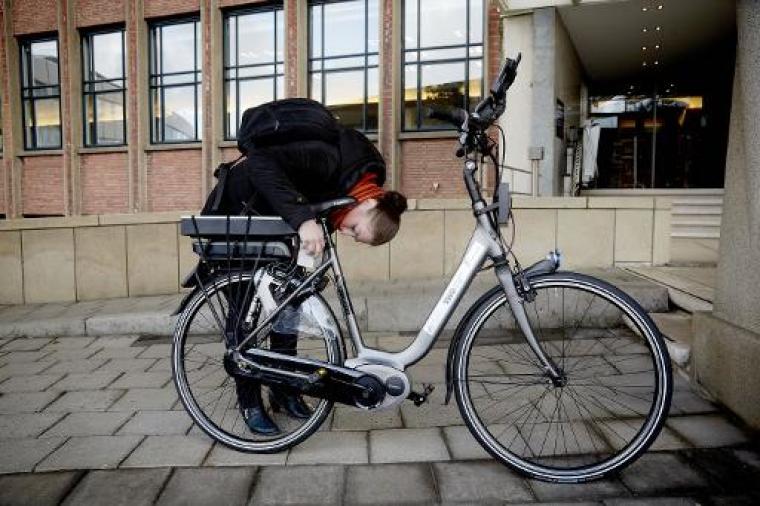

On Monday, the Netherlands drove its first "intelligent bicycle", equipped with an assortment of electronic devices. This is the first one of its kind which has the ability to minimise the high accident rate among elder cyclists in the 'bicycle-mad' nation.
Melanie Schultz van Haegen, Minister of the Dutch Environment and Infrastructure told AFP that, "more and more elderly people are using a bicycle, not only for short distances, but also for longer distances." She also said that this particular bicycle is really needed in their country because it will help lessen the number of elderly individuals who are injured annually and let them keep on cycling."
Bicycles easily outnumbered the Dutch population of 17 million by no less than a million and there are about 25,000 kilometers of bicycle path in the Netherlands. These numbers are set to go bigger as more and more people decide on taking the two-wheeled transport which caused the increased risk and congestion.
The Netherlands Organisation for Applied Scientific Research (TNO) developed the "intelligent bicycle" for the government. The prototype operates on electricity and "sports a forward-looking radar" scaled below the handlebar. In its rear mudguard is a camera.
Both the rearward and forward detection devices on the test bike are connected through an on-board computer that has a vibrating warning system. This system is installed in the saddle and handlebars to make the rider aware of the impeding danger.
The saddle will vibrate when another rider is approaching from behind, while the handlebars do this when obstacles are detected. The "intelligent bicycle" has a cradle wherein a computer tablet can be inserted, to connect without any wire, and send commands to the bicycle by a dedicated app.
A bright signal will flash when the mounted tablet detects an approaching obstruction in the path, such as a lamp post, or if there is another bicycle rider from behind who has a plan to overtake the road.
This Dutch bicycle will be commercially available on the market within the next two years. This will cost from 1,700 euros to 3,200 euros.